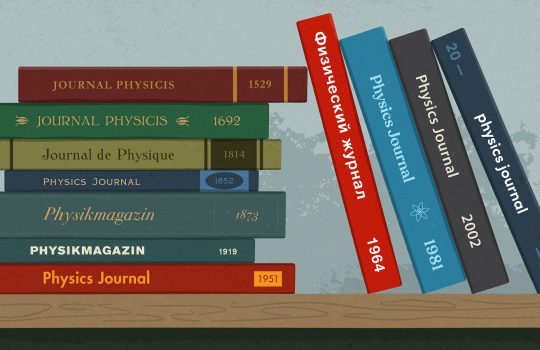Ereditato joins Yale Physics as Visiting Professor
From Yale University, March 4, 2021: Fermilab scientist Antonio Ereditato has joined Yale University as a visiting professor in physics for a 3-year joint appointment between Yale and Fermi National Accelerator Laboratory. He has accomplished several research and development (R&D) studies and his research at Yale will focus on experimental neutrino physics.

